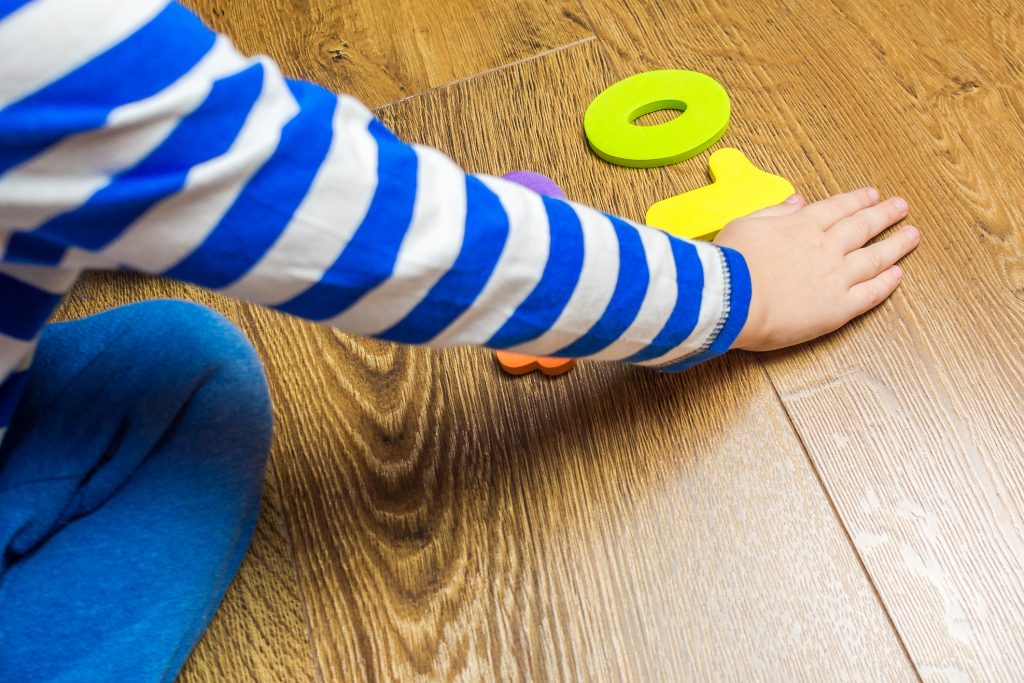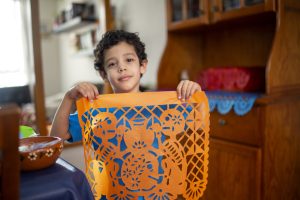Children learn the concept of more at an early age: More crackers! More juice! More toys! But when they finish eating all their crackers, do they understand that they have zero left?
My team of researchers explored this question and wondered whether young children could detect when something they expected to be there was not there. Do children know that nothing will be left after everything is taken away? Our studies showed that 12-month-olds could express that something was missing by pointing to where it should have been, and 4-year-olds were able to search for objects that had gone missing. Preschoolers understood quantities up to nine, including zero, or the empty set. When asked to label containers with five cookies, half a cookie, and no cookies, children accurately placed a blank sign on the “No Cookies” jar to show that there were zero cookies in that container. They still understood the blank sign’s meaning when asked again two weeks later.
What Do Children Need to Know About Zero?
Awareness of the meaning behind the number zero develops in phases. Around age 4 is when children begin to understand the meaning of an empty set as the lack of something that would typically be there. Children initially learn to recognize the zero symbol (0) without knowing what it means. Even after learning that zero stands for none or nothing, young children struggle to understand that it is a number with a place value and a position on the number line. For instance, children commonly claim that one is the smaller number when asked to compare one and zero. In the final phase, children understand how zero relates to the other numbers on the number line and understand that it is smaller than one.
Language skills play a role in children’s knowledge about zero. Although preschoolers are capable of understanding empty sets, some struggle with the term “zero.” In one study, children were confused when asked to give zero balls to the bird. But when the task was phrased as, “Do not give any balls to the bird,” children understood the directions. Preschoolers’ difficulty with tasks involving zero might be due to the language of math, rather than the concept of zero.
How Can We Help Children Learn About Zero?
Children can develop their understanding of zero through experiences around empty sets. For example:
- At mealtimes when plates and cups become empty, use and model the language of zero: “There are zero blueberries. No more. All gone. None left!”
- Make a game of looking for empty containers, like boxes or buckets, and describing the contents as “empty” and “zero.” Have children fill the containers and then dump them out: “There are zero things in it!”
- For more challenge, have children fill containers with different amounts, including zero. Set out 10 items, like rocks, and five containers labeled from zero to four. Draw the children’s attention to each label and have them place the rocks, one at a time, into the containers in the correct order, matching the amount to the number on the label. For example, the container with the label 0 should get zero items, the container with the label 1 should get one item, and so on. Have a conversation about how many rocks are in the containers: “Which container has themost? Which has the least? Which has zero? Which containers have more than this one? Which containers have fewer than this one?”
By spending some time noticing and talking about the number zero, children can develop their understanding of this key math concept.



